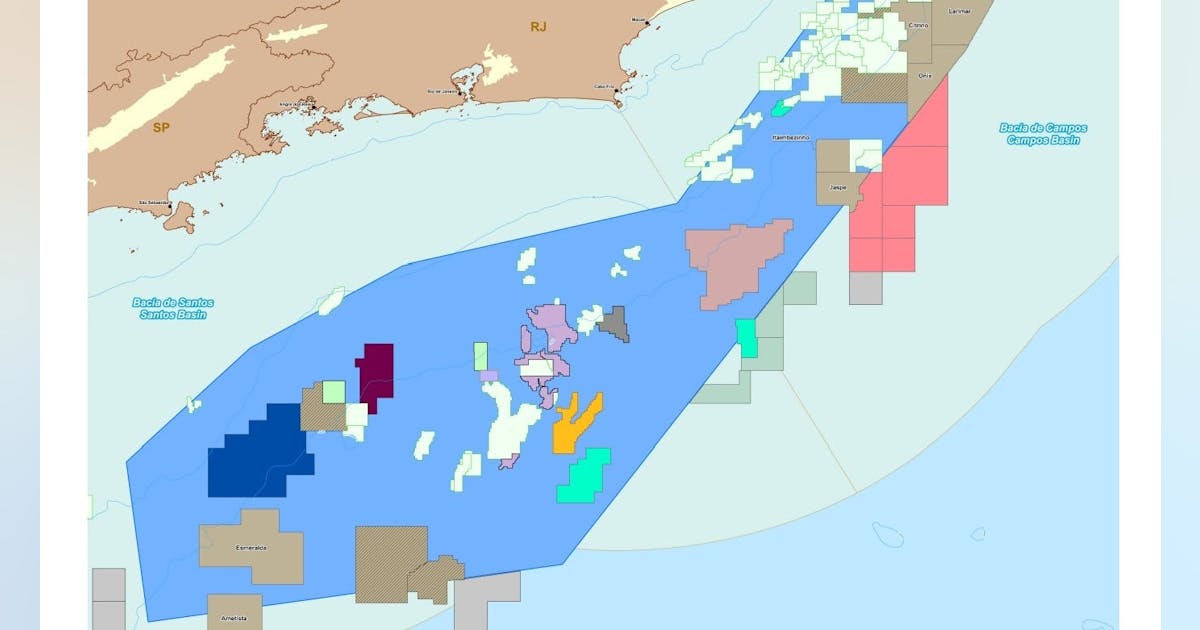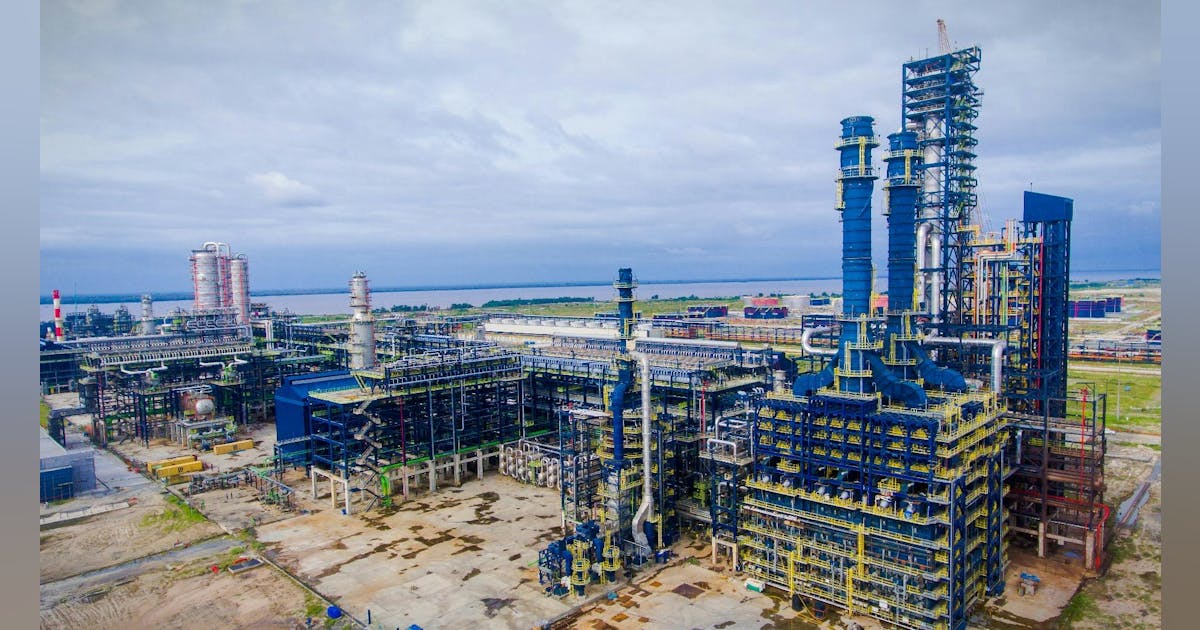
@import url(‘https://fonts.googleapis.com/css2?family=Inter:[email protected]&display=swap’);
a { color: var(–color-primary-main); }
.ebm-page__main h1, .ebm-page__main h2, .ebm-page__main h3, .ebm-page__main h4,
.ebm-page__main h5, .ebm-page__main h6 {
font-family: Inter;
}
body {
line-height: 150%;
letter-spacing: 0.025em;
font-family: Inter;
}
button, .ebm-button-wrapper { font-family: Inter; }
.label-style {
text-transform: uppercase;
color: var(–color-grey);
font-weight: 600;
font-size: 0.75rem;
}
.caption-style {
font-size: 0.75rem;
opacity: .6;
}
#onetrust-pc-sdk [id*=btn-handler], #onetrust-pc-sdk [class*=btn-handler] {
background-color: #c19a06 !important;
border-color: #c19a06 !important;
}
#onetrust-policy a, #onetrust-pc-sdk a, #ot-pc-content a {
color: #c19a06 !important;
}
#onetrust-consent-sdk #onetrust-pc-sdk .ot-active-menu {
border-color: #c19a06 !important;
}
#onetrust-consent-sdk #onetrust-accept-btn-handler,
#onetrust-banner-sdk #onetrust-reject-all-handler,
#onetrust-consent-sdk #onetrust-pc-btn-handler.cookie-setting-link {
background-color: #c19a06 !important;
border-color: #c19a06 !important;
}
#onetrust-consent-sdk
.onetrust-pc-btn-handler {
color: #c19a06 !important;
border-color: #c19a06 !important;
}
In this episode of the Oil & Gas Journal ReEnterprised podcast, OGJ managing editor Mikaila Adams sits down with Andrew Stakelum, an energy disputes partner at King & Spalding LLP, to unpack oil and gas decommissioning from a big picture standpoint.
Wondering what happens when an operator goes bankrupt? Or when decades-old wells still need to be plugged? Stakelum explains why decommissioning is a business and regulatory puzzle shaped by bankruptcy law, fragmented oversight, and shifting federal rules.
From ‘boomerang liability’ to the ripple effects of financial assurance requirements, the conversation notes how operators, regulators, and sureties are all recalibrating in real time.
About our guest
Andrew Stakelum is an energy disputes partner in King & Spalding’s Houston office. His focus on the energy industry includes the oil and gas, renewables, and refining sectors. A key aspect of Andrew’s energy practice involves helping clients navigate the highly regulated environments in which they operate.
Stakelum holds a J.D., cum laude, from Tulane University Law School; and a B.B.A., magna cum laude, from the University of Georgia.
Podcast clip – bankruptcy and decommissioning obligations
Highlights
-
1:43 – Big picture
A growing, multi-billion-dollar issue driven by bankruptcies, environmental pressure, and rising costs. -
2:58 – Growing backlog
US operators face a mounting inventory of idle and orphaned wells. Offshore projects add weather, vessel, and equipment constraints. - 6:00 – Regulation, bonding complexities
Offshore oversight is federally unified; onshore is fragmented across states and localities. Bonding requirements vary widely and heavily impact operator cash flow. -
9:43 – Policy, political shifts
Decommissioning is bipartisan, but rules differ by administration. The 2024 bonding rule withdrawal by the 2025 Trump administration underscores ongoing uncertainty. -
18:59 – Bankruptcy, ‘boomerang liability’
After major bankruptcies like Fieldwood and Cox, prior owners are being called back to pay for decommissioning. Liability chains stretch decades. -
25:44 – M&A, risk transfer
Decommissioning costs are key deal drivers. Buyers assume obligations, but sellers remain liable if work isn’t done—security and bonding are critical. -
28:59 – Litigation trends
Rising disputes over cost allocation, bond payouts, and performance standards make decommissioning a legal flashpoint. -
32:31 – What’s ahead
Companies are exploring joint ventures, standardized agreements, and new financial tools to manage cost and risk. Collaboration will be key.






















